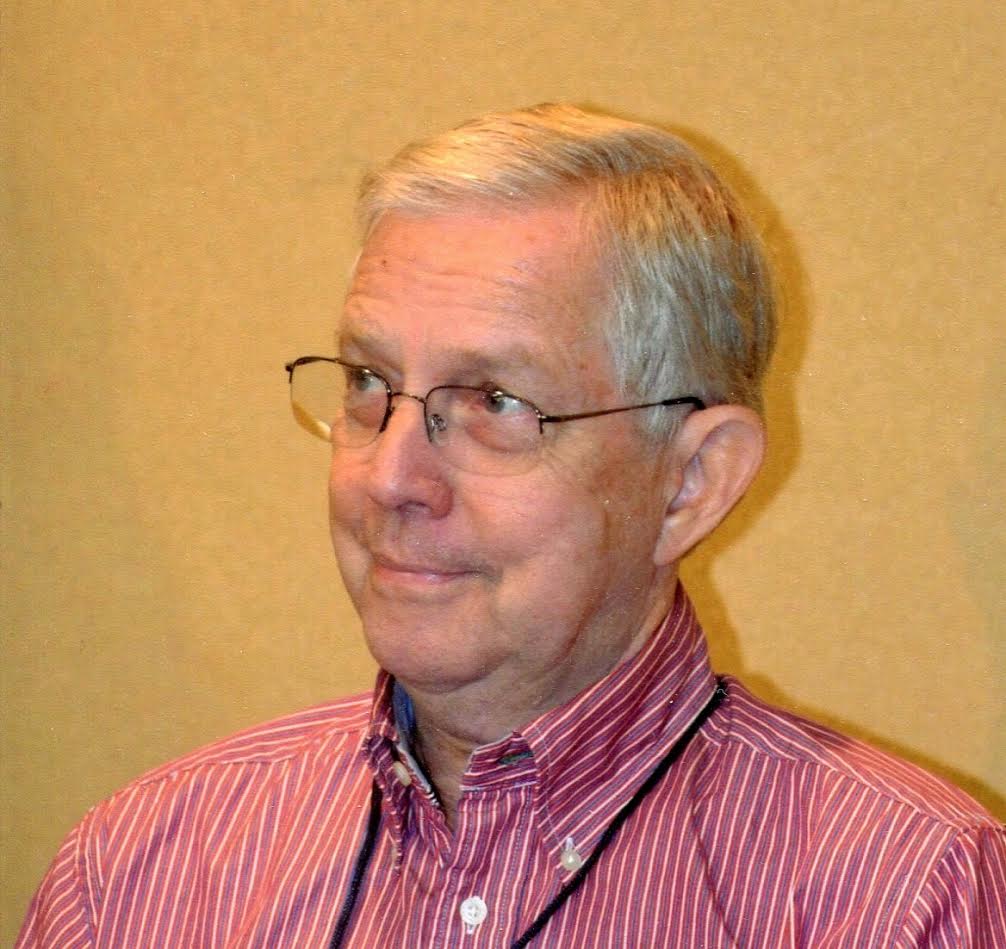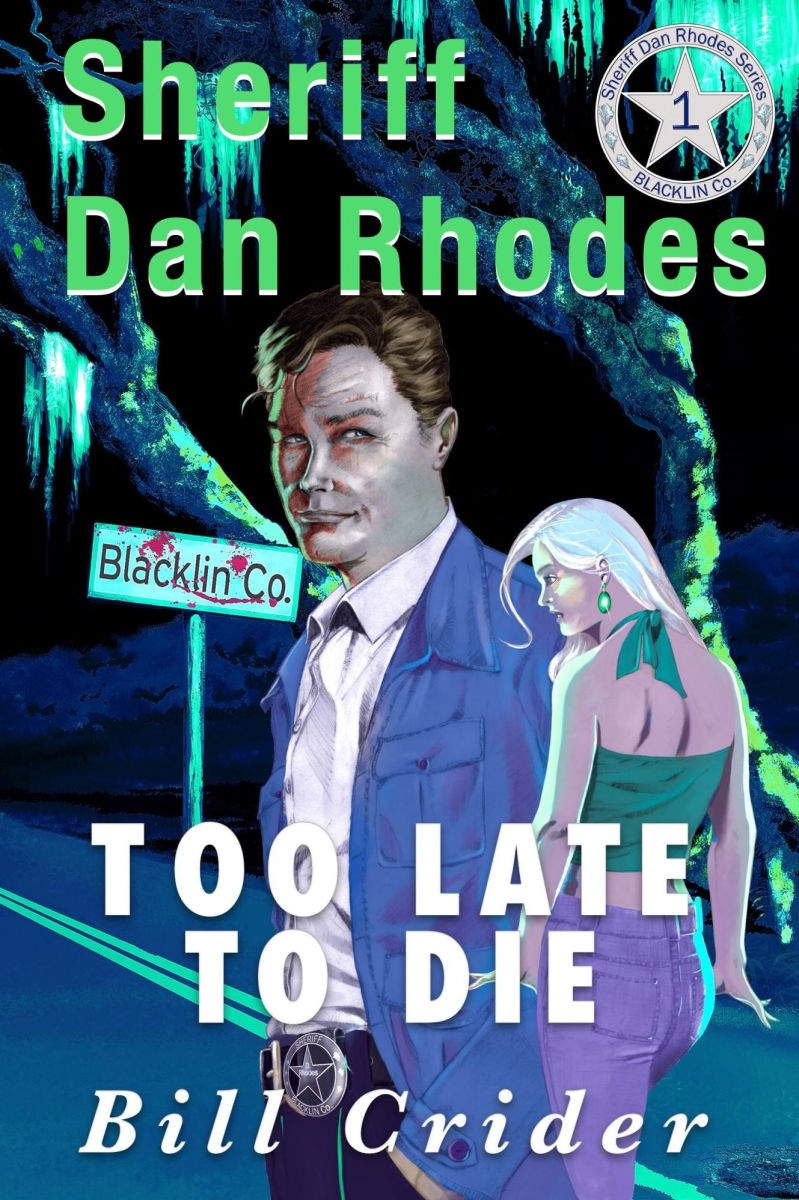The American legal system had an anniversary last week. The case merits a moment's reflection.
On the night of June 3rd, 1961, someone forced the front door of the Bay Harbor Pool Room in Panama City, Florida. The assailant entered the closed establishment, smashed a cigarette machine and a record player, and stole money from the cash register.The local police investigated the burglary. An eyewitness, Henry Cook, reported seeing Clarence Earl Gideon at 5:30 am on the morning of the burglary, leaving the pool hall with change in his pocket and a wine bottle and a Coca-Cola in his hands. The police arrested Gideon and charged him with breaking and entering with intent to commit petty larceny. The burglary was a felony under Florida law.
Appearing before the judge without funds or an attorney, Gideon asked the court to appoint counsel for him. The judge ruled:
“Mr. Gideon, I am sorry, but I cannot appoint Counsel to represent you in this case. Under the laws of the State of Florida, the only time the Court can appoint Counsel to represent a Defendant is when that person is charged with a capital offense. I am sorry, but I will have to deny your request to appoint Counsel to defend you in this case.”
Clarence Gideon had an eighth-grade education. He ran away from home while he was in middle school. Drifting through life, Gideon spent time in and out of jail. Forced to represent himself at trial, Gideon did the best he could. He made an opening statement, cross-examined the government’s witnesses, presented witnesses on his own behalf, declined to testify in his own defense, and made a short final argument. Despite his efforts, the jury convicted Gideon. He was sentenced to five years in the state penitentiary. He petitioned the Florida Supreme Court for relief, claiming that his Sixth Amendment rights had been violated. The court denied his habeas corpus plea. Later, from his cell at Raiford State Prison, Clarence Gideon appealed to the United States Supreme Court. The petition, handwritten in pencil on prison stationery, again argued that he had been denied his Sixth Amendment rights and that those rights applied to Florida under the Fourteenth Amendment.
Petitioners flood the US Supreme Court with requests for relief. Rejection is the norm. From the stacks of petitions, however, the Court accepted Clarence Gideon’s crude plea. The justices appointed Abe Fortas, a future member of the US Supreme Court, to argue the case on Gideon’s behalf. On January 15th, 1963, he appeared. (Yep, there’s our anniversary.)
Among other points, Fortas stated the common understanding within the legal community. The first thing a lawyer does when accused of wrongdoing is hire an attorney. If licensed members of the bar need an attorney to represent them in legal proceedings, he argued, how much greater the need for a man without a legal education, or any education?
Eight weeks after the January arguments, the Supreme Court returned its decision. On March 18th, 1963, the court unanimously ruled that an indigent defendant’s right to the assistance of counsel is essential to a fair trial. They overturned Gideon’s conviction as a violation of the Fourteenth Amendment.
Florida retried Gideon in August 1963. Gideon appeared with his appointed counsel. His lawyer undermined Henry Cook's testimony, suggesting that he had been the lookout for the actual burglars. He also located the cab driver who had driven Gideon from the area that morning. His testimony established that Gideon carried neither a wine bottle nor a Coca-Cola. The second jury acquitted Clarence Earl Gideon.
In the Supreme Court decision, Justice Hugo Black wrote, “reason and reflection, require us to recognize that, in our adversary system of criminal justice, any person haled into court, who is too poor to hire a lawyer, cannot be assured a fair trial unless counsel is provided for him. This seems to us to be an obvious truth.” Sixty years later, we take the right to counsel as automatic. Inside the courthouse, we tend to look a little strangely at defendants who do not exercise their right to counsel.
The Gideon decision only extended to felony offenses. In 1979, the Supreme Court ruled that a defendant was entitled to counsel whenever incarceration was an authorized penalty. Scott v. Illinois extended the right to misdemeanors above the level of citations.
The case altered the legal and literary landscape. Among other changes, the public defender has become a writing and cinematic trope. The lawyers may be portrayed as heroes, villains, plea-machines, or crusaders. They may be lazy, overburdened, cynical, naive, or zealous. Henry Fonda played Clarence Gideon in the movie, Gideon’s Trumpet.
From the standpoint of public policy, every taxpayer should be aware of the impact of the Gideon decision on criminal court budgets. Supreme Court Justice Clarence Thomas is. He criticized Gideon in a 2018 decision, Garza v. Idaho, noting in part the budgetary impact of providing defense counsel. Line-item budget analysis, however, may not account for the full social impact of court appointed attorneys. Humanity suffers if defendants lack representation when accused of a crime. One Clarence might explain those costs to the other.
Until next time.
.jpg)


























